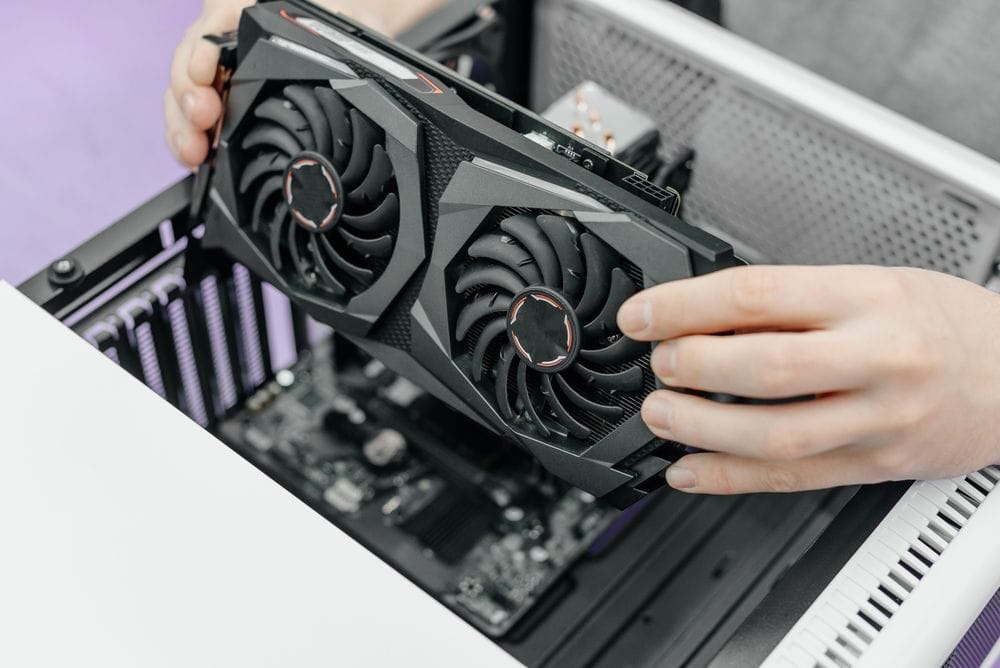
We’re in an era when tech evolves at lightning speed, one of the most frustrating experiences for users is dealing with broken or missing components on older devices. Whether it’s a cracked battery cover on a ten-year-old handheld console, a snapped hinge on a discontinued laptop, or a proprietary mounting bracket for a gadget no longer in production, the tech world doesn’t always make it easy to find replacements. And while product upgrades are aggressively marketed, not everyone wants to discard their perfectly functional hardware just because a minor part is damaged or lost.
The good news is that you don’t always have to. There’s a growing toolkit of solutions for tech users who want to repair, modify, or maintain their gear without being held hostage by limited manufacturer support. From community forums to open-source repair guides, the DIY repair movement is thriving.
When OEM Parts Are a Dead End
Original Equipment Manufacturer (OEM) parts are typically the first place people look when something breaks. If you’ve ever contacted a company’s support team asking for a replacement battery flap or charging dock, you’ve probably heard the standard response: That Model Is No Longer Supported. Even if the company still exists, once a device falls out of production, the parts soon disappear after it. And Right to Repair legislation is still a developing process in much of the world, so parts supply (and even repairability as a design requirement) is largely on the whim of the manufacturer.
Online marketplaces might offer second-hand options, but the quality and compatibility are rarely guaranteed. In other cases, the part you need may never have been sold separately. Proprietary clips, internal trays, or cosmetic pieces aren’t always available as individual components. The idea of discarding a functioning device over something so small feels incredibly wasteful, especially as tech users become more aware of sustainability and electronic waste.
Enter the World of Custom Part Replacement
Fortunately, there are alternatives. The rise of maker culture and the increased accessibility of digital fabrication tools have opened doors for tech users to go beyond the official repair channels. Custom part replacement, either through small-scale manufacturing, hobbyist communities, or professional services, has become an effective workaround for finding the ‘unfindable.’
At the heart of this trend is the ability to reproduce parts using 3D design and fabrication. Thanks to detailed tutorials and user-friendly CAD (computer-aided design) platforms, more people are creating digital models of hard-to-find components. But for those without access to a 3D printer (or for parts requiring special precision, or specific materials), outsourcing the job is often the smarter route.

When to Use 3D Printing Services
This is where modern manufacturing partners come into play. Businesses offering 3D printing services allow you to upload a model or consult with experts to recreate broken or missing parts. These services often support a range of materials, from basic plastics to high-strength composites, making them suitable for both cosmetic and functional repairs. Whether it’s a laptop foot pad, a custom mounting bracket for a wall-mounted tablet, or a fan grille for a PC case, 3D printing offers a level of customization and specificity that’s rarely possible with off-the-shelf solutions.
Professional services also eliminate some of the challenges hobbyists face, such as calibration issues or resolution limitations. More importantly, they offer repeatability, because if you need a replacement again down the line, the stored digital file ensures your component can be reproduced identically.
Beyond repair, this kind of part replacement has enabled users to extend the life of their devices, customize them for new applications, or restore vintage tech to its original state. It’s also about taking ownership of the products we use every day. As more users become aware of these capabilities, the line between consumer and creator begins to blur.
A Future Where Repair Is the Norm
The mainstream adoption of solutions we’ve looked at here signals a shift in how we think about tech ownership. No longer at the mercy of manufacturer timelines, users now have more power than ever to maintain their gear on their own terms.
Whether you’re an engineer, a gamer, or just someone who refuses to give up a favorite device, replacing the impossible-to-find part is no longer a fantasy. It’s just a file and a print job away.
- Choosing the Best External SSD for Gaming Today - December 5, 2025
- Ultimate Guide to Industrial Robot Welding Systems - November 11, 2025
- How a Marketing Firm for Energy Industry Can Help Promote Clean Energy Solutions - October 18, 2025
